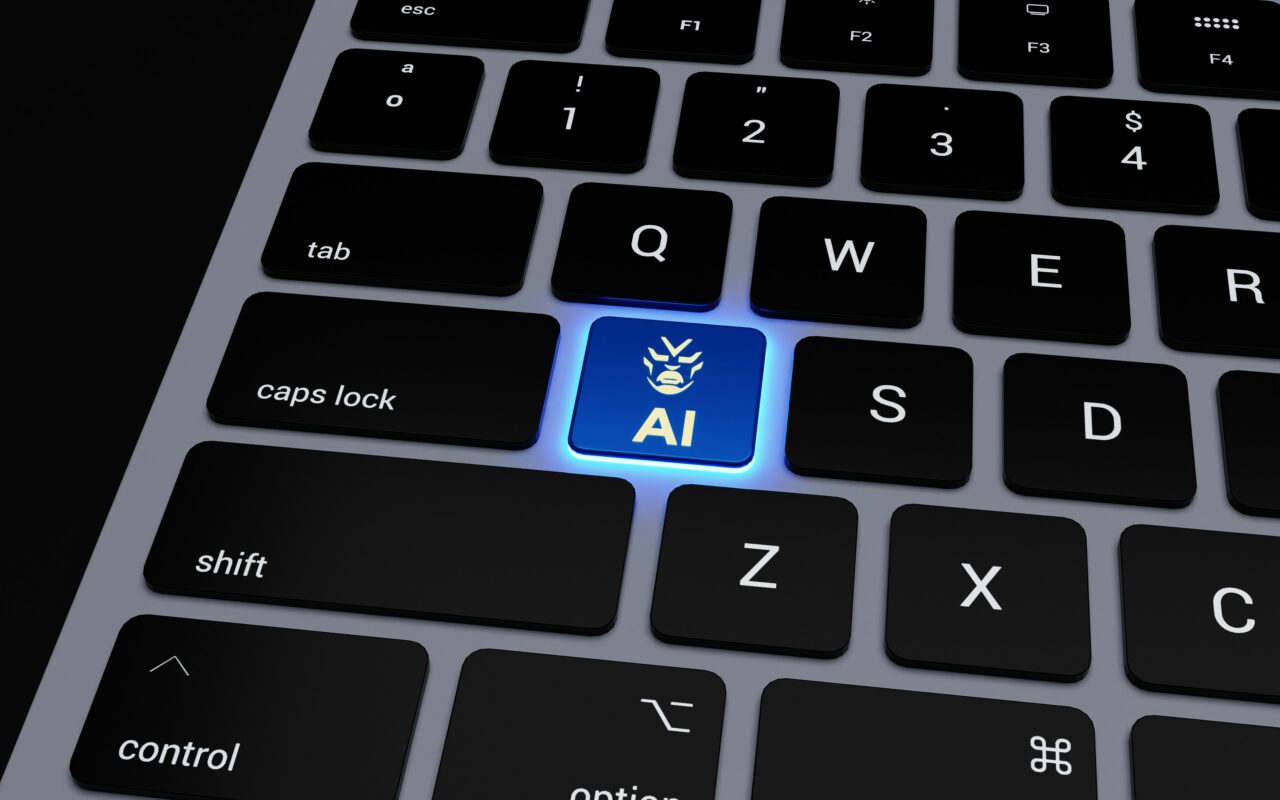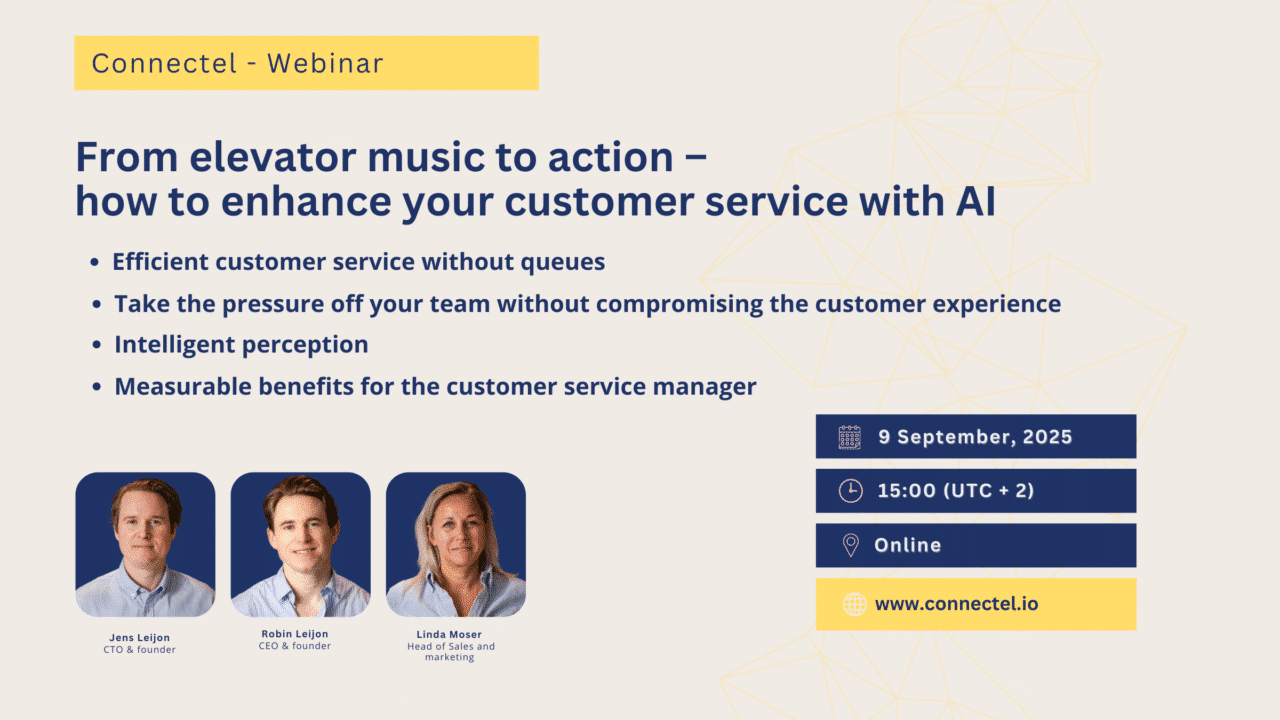
How to reduce wrap time and improve efficiency
How to reduce wrap time and improve efficiency
In the fast-paced world of contact centers, every second counts. One crucial aspect of contact center operations is wrap time—the time agents take to complete necessary tasks after ending a call. While wrap time is essential for providing quality customer service and maintaining accurate records, excessive wrap time can hinder efficiency and impact customer satisfaction.
In this article, we will explore what wrap time is, its significance, and provide valuable tips to help reduce it, ensuring optimal performance and customer delight.
Understanding Wrap Time
Wrap time refers to the duration agents spend completing post-call activities, such as updating customer information, entering call details, and wrapping up loose ends before moving on to the next call. These activities are crucial for maintaining accurate records and ensuring a smooth transition between interactions. While wrap time is necessary, excessive or unoptimized wrap time can impact overall productivity and customer service levels.
Importance of Reducing Wrap Time
Enhanced Agent Efficiency:
Reducing wrap time enables agents to handle more calls, resulting in increased productivity. Streamlining post-call activities empowers agents to focus on resolving customer issues promptly and efficiently.
Improved Customer Experience:
By minimizing wrap time, contact centers can offer faster response times and reduce wait times for customers. This helps enhance overall customer satisfaction and creates positive impressions of your brand.
Tips to Reduce Wrap Time
Optimize call dispositions and scripts
Encourage agents to use pre-defined call dispositions to categorize calls accurately. This reduces the time spent searching for the right category and ensures consistency in call handling.
Develop concise and effective call scripts that guide agents through the conversation and streamline the post-call process. Clear and structured scripts minimize the need for additional note-taking and simplify wrap-up tasks.
Leverage CRM and automation tools
Implement a comprehensive customer relationship management (CRM) system that integrates with your contact center software. This enables agents to access customer information quickly and effortlessly during wrap-up tasks.
Automate repetitive and time-consuming processes, such as call logging and updating customer records. By leveraging automation tools, agents can focus more on addressing customer needs and less on administrative tasks.
Provide targeted agent training
Offer training sessions that specifically address efficient wrap-up techniques. Educate agents on the importance of accurate and concise note-taking, ensuring they capture essential details without excessive or irrelevant information.
Train agents on utilizing CRM and contact center software effectively, emphasizing shortcuts and time-saving features. Familiarity with the tools they use can significantly reduce wrap time.
Foster knowledge sharing
Create a culture of knowledge sharing within the contact center. Encourage agents to share best practices, tips, and tricks to reduce wrap time. Regular team meetings and open forums can facilitate such exchanges.
Develop a centralized knowledge base that agents can access to find answers quickly. By providing easy access to relevant information, agents spend less time searching for solutions, thus reducing wrap time.
Monitor and optimize processes
Continuously track and analyze wrap time metrics to identify areas for improvement. Use call center analytics to gain insights into the average wrap time per agent and identify any outliers.
Regularly review and update post-call processes and workflows to eliminate unnecessary steps and bottlenecks. Streamlining processes can significantly reduce wrap time and improve overall efficiency.
Summary
Wrap time plays a critical role in contact center operations, balancing the need for accurate records with efficient customer service. By implementing the strategies discussed in this article, contact centers can effectively reduce wrap time, leading to enhanced agent efficiency, improved customer experiences, and overall operational excellence.
Remember, every second saved counts towards delivering exceptional customer service, and optimizing wrap time is a vital step in achieving that goal.


